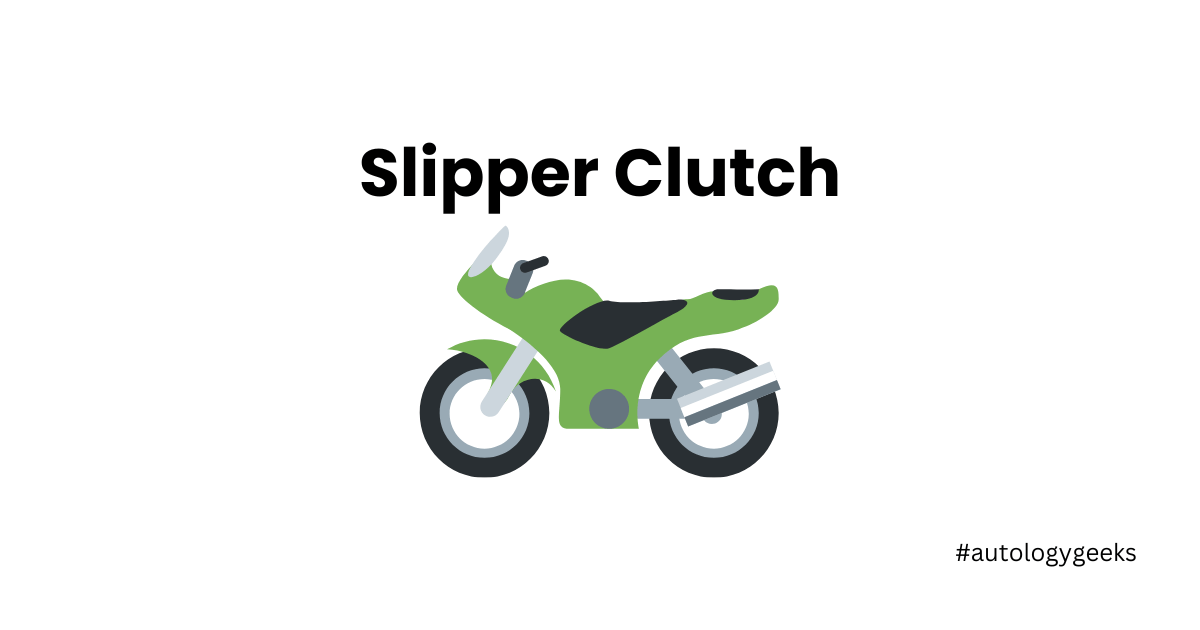Imagine hurtling down a racetrack, adrenaline pumping, brakes screaming as you downshift into a tight corner. Suddenly, the rear wheel skips, the engine whines, and your heart leaps into your throat. This, my friend, is the dreaded engine braking, a common occurrence in motorcycles that can unsettle even the most seasoned riders. But fear not, for there’s a knight in shining armor – the slipper clutch.
What is a Slipper Clutch?
A slipper clutch, also known as a back-torque limiter, is a modified clutch system found in performance-oriented motorcycles. Unlike a traditional clutch that simply connects and disconnects the engine from the drivetrain, a slipper clutch adds a clever twist. It houses a freewheel mechanism that acts like a one-way valve, allowing the engine to spin faster than the rear wheel when you downshift aggressively.
Why is the Slipper Clutch important?
The main purpose of a slipper clutch is to maintain engine braking is the natural resistance produced by the engine when you decelerate. In a motorcycle, this can cause the rear wheel to lock up or skip, destabilizing the bike and potentially leading to a crash. A slipper clutch intervenes by partially disengaging when the rear wheel tries to “push” the engine too fast. This prevents the wheel from locking and allows it to smoothly follow the engine’s speed, maintaining stability and control.
Advantages of a Slipper Clutch on a Motorcycle
Here are the key benefits of using a slipper clutch in motorcycles:
- Diminished engine braking: This facilitates smoother deceleration, particularly under forceful downshift situations.
- Augmented stability and control: It can prevent the rear tire from locking up or skidding, thereby increasing confidence while navigating corners.
- Decreased degradation: It safeguards the drivetrain and transmission parts from undue strain.
- Increased rider confidence: It enables riders to safely test their boundaries and concentrate on their journey.
Where regular clutches engage and disengage with a sudden bite. Where chances of an accident might increase due to sudden braking force on the wheel. The torque limiter clutch or slipper clutch helps by allowing the management of engine braking force and wheel speed at the same time. Power going to the rear wheel via this transmission will let the clutch slip until the engine speed matches the driving speeds.
Is it for everyone?
While slipper clutches are most commonly found in high-performance motorcycles, their benefits extend beyond the racetrack. Street riders who enjoy spirited riding or frequently encounter hilly terrain can also appreciate the increased safety and control they offer. However, they do come with a higher price tag and slightly heavier clutch lever pull compared to traditional clutches.
In conclusion, the slipper clutch is not just a fancy gadget; it’s a technological guardian angel for motorcycle riders. It tames the beast of engine braking, allowing you to focus on the joy of the ride, knowing you have an extra layer of safety and control at your fingertips.
So, the next time you’re considering a motorcycle upgrade, remember the slipper clutch. It might just be the difference between a thrilling ride and a heart-stopping one!





